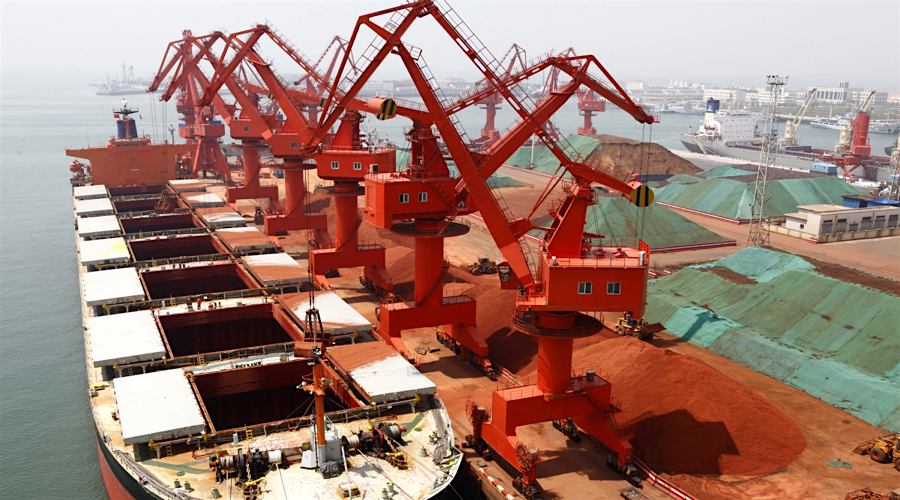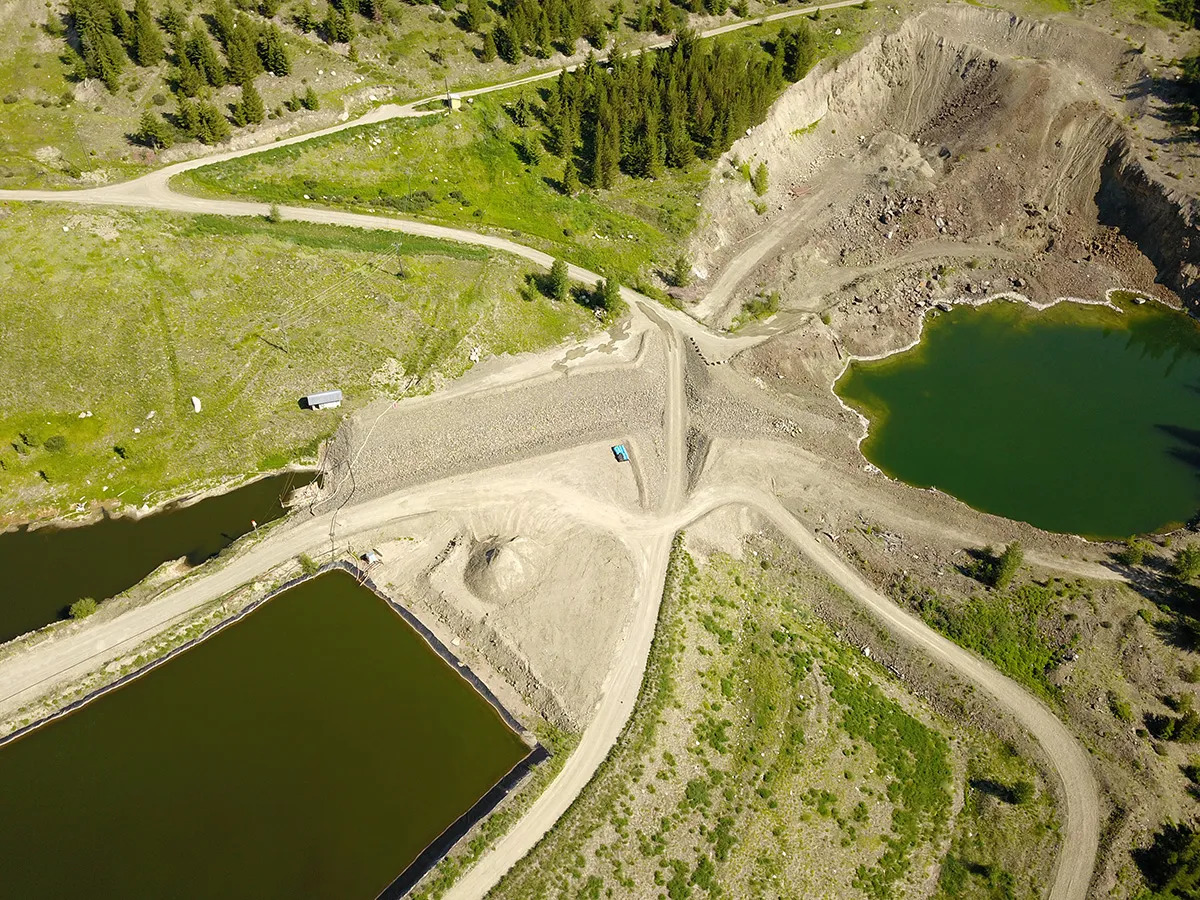Column: China in risky bet to test its power in iron ore markets

(The opinions expressed here are those of the author, Clyde Russell, a columnist for Reuters.)
Iron ore prices are swinging between optimism and pessimism over the economic outlook in top importer China, but beyond the short-term oscillations, a longer-term battle is looming.
China is pressing ahead with a plan to centralize iron ore purchasing, with media reports saying state-owned steel mills are forging a new enterprise to boost their bargaining power.
This isn’t the first time that China, which buys about 70% of seaborne iron ore volumes, has tried to gain greater control over the market, which moved from a long-term contract basis to being dominated by spot purchases in a process started in 2008 by former BHP Group boss Marius Kloppers.
BHP, the world’s third-largest iron ore miner behind Rio Tinto RIO and Vale, is so far sanguine about the prospect of a unified Chinese purchasing system.
Chief Financial Officer David Lamont said on July 20 that the Australian miner remained confident the market would set the price and the aim was to maintain good ties with Chinese customers.
Asked if the plan to set up a central iron ore buying enterprise was likely to succeed, Lamont said, “History would say no.”
Lamont is probably correct in saying that the market will ultimately set the price, irrespective of what Chinese buyers may want to pay and what BHP, Rio, Vale, and smaller rivals want to sell at.
The risk is that a centralized buying system brings in inefficiencies and bureaucracy, resulting in a less efficient market as Chinese steel mills battle to get the iron ore they need at the right time.
It also raises the risk of a more combative relationship between the miners and the Chinese steel mills, with both seeking better deals than the other is prepared to offer.
Much will depend on how both parties approach any change in how China purchases iron ore, but it’s likely that the big three miners will seek to maintain a price linked to the spot market.
If China effectively withdraws from the spot market, that may complicate the issue as the reference price will be more based on what Japanese and South Korean steel mills are paying.
In short, there is a potential for market disruption from any new centralized Chinese purchasing system.
But even if China does set up an effective, and efficient, centralized buying system, it’s unlikely to shift market dynamics much.
The iron ore market is extremely concentrated, dominated by a handful of big miners in two countries, top exporter Australia and number two Brazil.
To put China’s dependence on those two suppliers in perspective, seaborne iron ore imports in July are estimated at 99.61 million tonnes by commodity consultants Kpler.
Of this, Australia is set to supply 66.92 million tonnes for a market share of 67%, while Brazil’s share will be 20.08 million, or 20.1%.
China’s third-largest supplier, South Africa, clocks in with a forecast 2.6 million tonnes in July for a 2.9% market share.
Stand-off looms?
If China does insist on lower prices, it will likely lead to a stand-off in which the miners restrict volumes and the game becomes who can last the longest before blinking.
Much will also depend on the state of Chinese steel demand at the time.
It could be argued that the spot pricing system worked in favor of the miners in the 2009-11 period when Chinese demand was high amid economic stimulus in the post-2008 global financial crisis period.
But then the wave of new supply started kicking in, and spot prices plunged, meaning Chinese steel mills were benefiting more than they would have under the prior contract pricing system.
Iron ore prices only started rising on a sustained basis again in 2019, dropping during the initial outbreak of the covid-19 pandemic in 2020 before resuming their rally amid strong global steel demand.
The spot price for benchmark 62% ore for delivery to north China, as assessed by commodity price reporting agency Argus, reached a record high of $235.55 a tonne in May last year and has since trended lower, ending at $112.25 on Wednesday.
This price is still relatively high when viewed against the last decade, and it’s probably safe to say that Chinese steel mills would view a level below $100 a tonne as more sustainable.
But in some ways, they should be careful what they wish for because if they defy market expectations and are successful in driving the price down, it will likely result in lower investment and supply in the future.
(Editing by Kim Coghill)
More News
Botswana targets rich young Americans with big, natural diamonds
The country is aiming at buyers of more expensive jewellery, while highlighting that its gems can be traced back to Botswana mines through blockchain technology.
March 15, 2025 | 02:07 pm
Barrick fined for releasing excessive cobalt into British Columbia river
The fine relates to 17 separate incidents between 2021 and 2023 at the now-closed Nickel Plate gold mine.
March 15, 2025 | 01:58 pm
{{ commodity.name }}
{{ post.title }}
{{ post.excerpt }}
{{ post.date }}



Comments